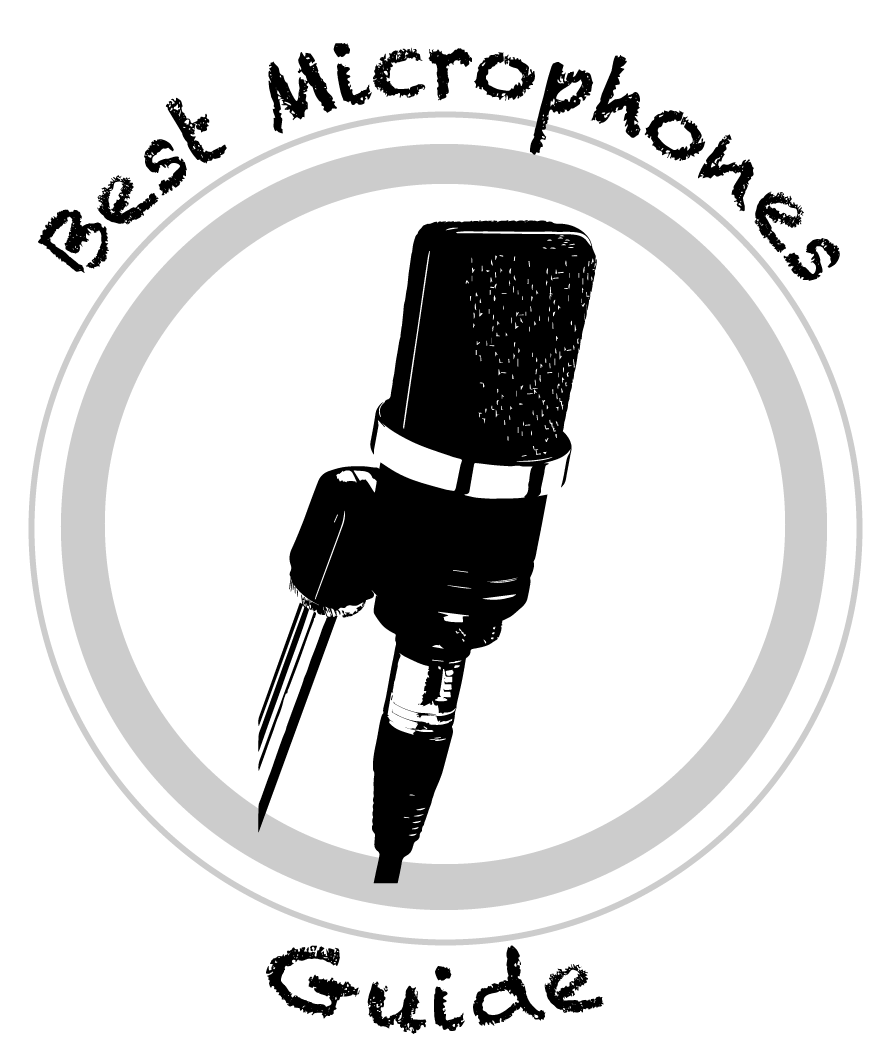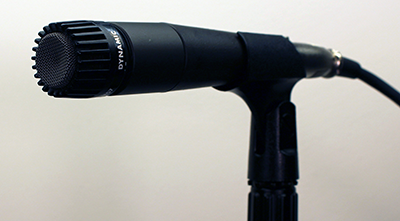Are you considering the Shure SM57 microphone and wondering whether it needs phantom power? That is a good question to consider before purchasing a microphone like the SM57.
The answer is that because the Shure SM57 is a dynamic microphone, and not a condenser microphone, the Shure SM57 DOES NOT require phantom power.

What is phantom power?
Certain microphones, such as condenser microphones, need external power to work.
Phantom power is the name for the process of providing DC (direct current) power to microphones which require it.
Phantom power is provided to a microphone by a audio interface or a mixing board via the microphone cable.

You will often see phantom power labeled as 48V or +48V on audio interfaces such as those made by Focusrite. To use phantom power, simply connect the mic to the cable and the cable to the interface, then push the 48V button on.
Dynamic microphones such as the Shure SM57, unlike condensers, do not have the same type of active electronic circuitry inside, and therefore do not require phantom power in order to work.
Originally condenser microphones had to get their power from an external, stand alone power supply unit.
Later on, manufacturers such as Neumann wanted to eliminate this extra, often bulky power supply and created a new way of providing it: through the mixing board and via the mic cable.
Because there was no longer a visible extra power supply unit that people could see, they named the new way of providing power “phantom power.”
Additional related information about the Shure SM57 Microphone, and types of microphones:
Be sure to check out our full review of the Shure SM57 microphone
Learn whether the Shure SM57 is good for vocals (you might be surprised)
Find out the difference between condenser and dynamic microphones

